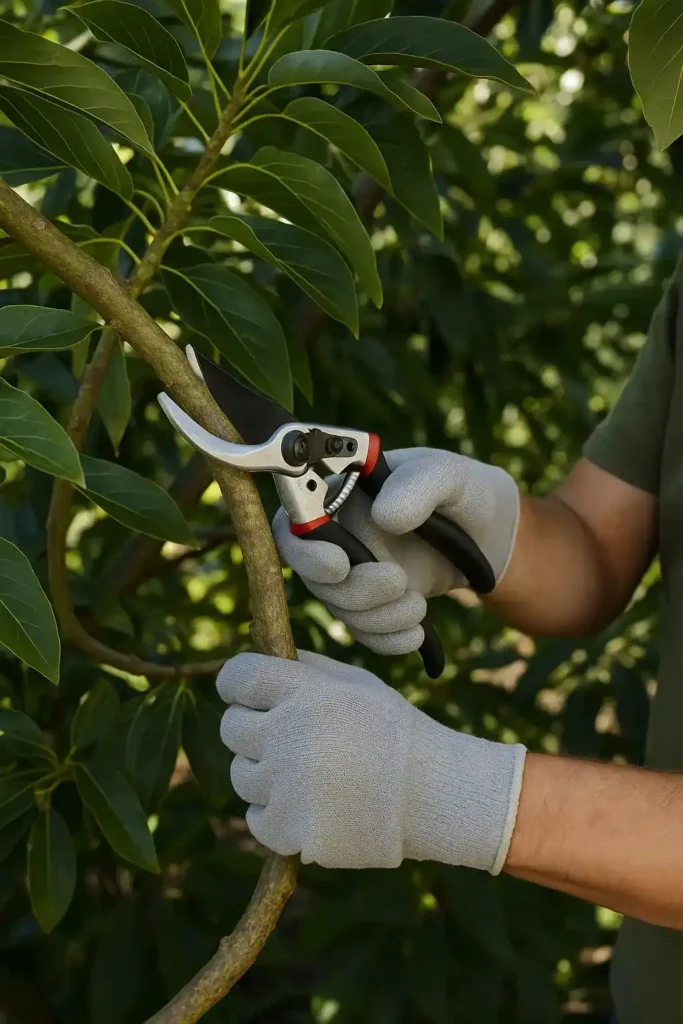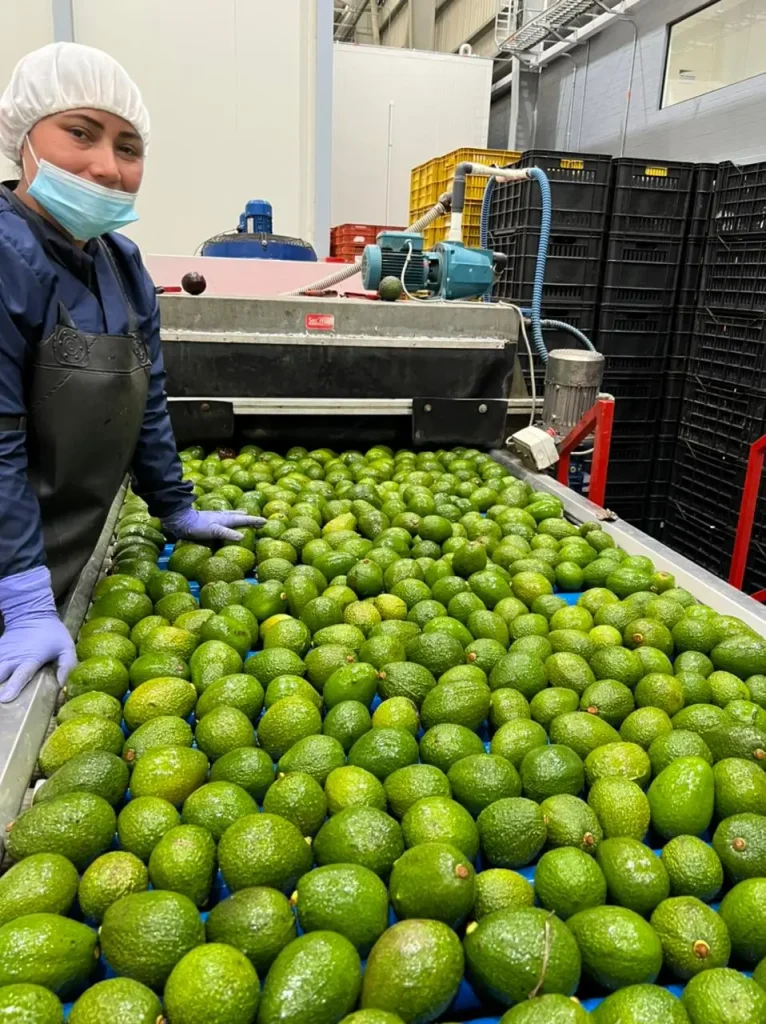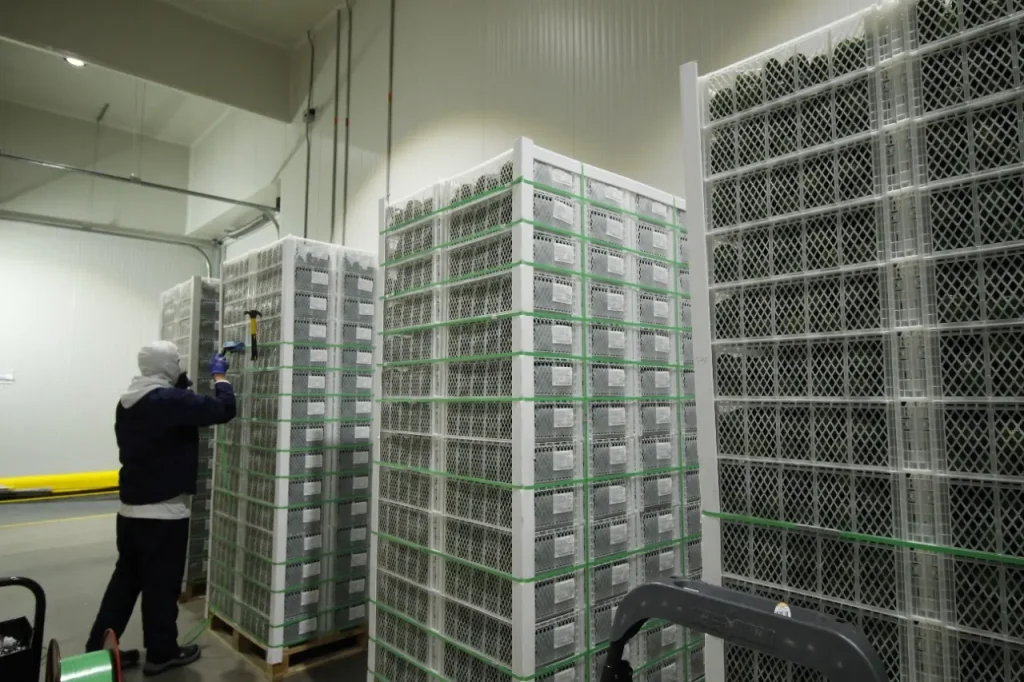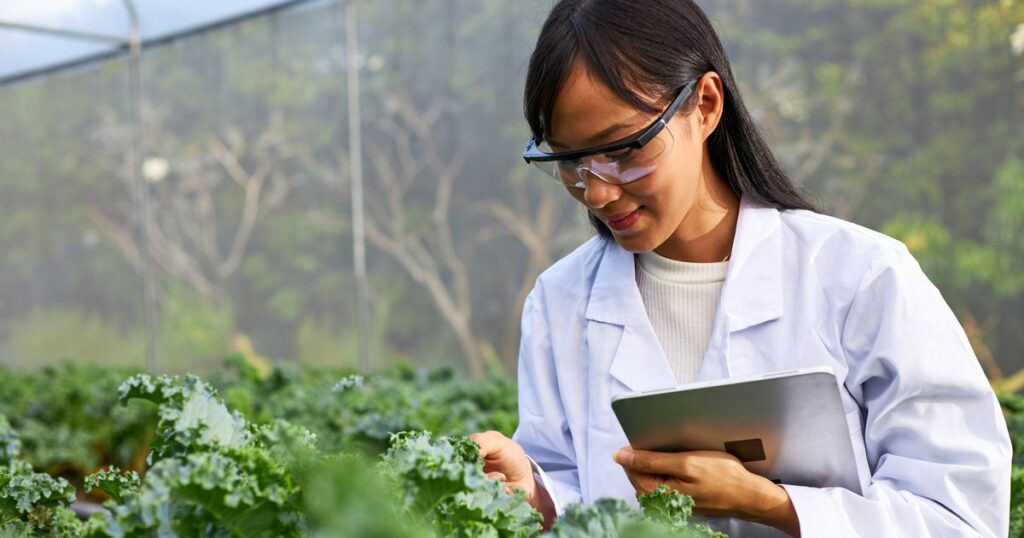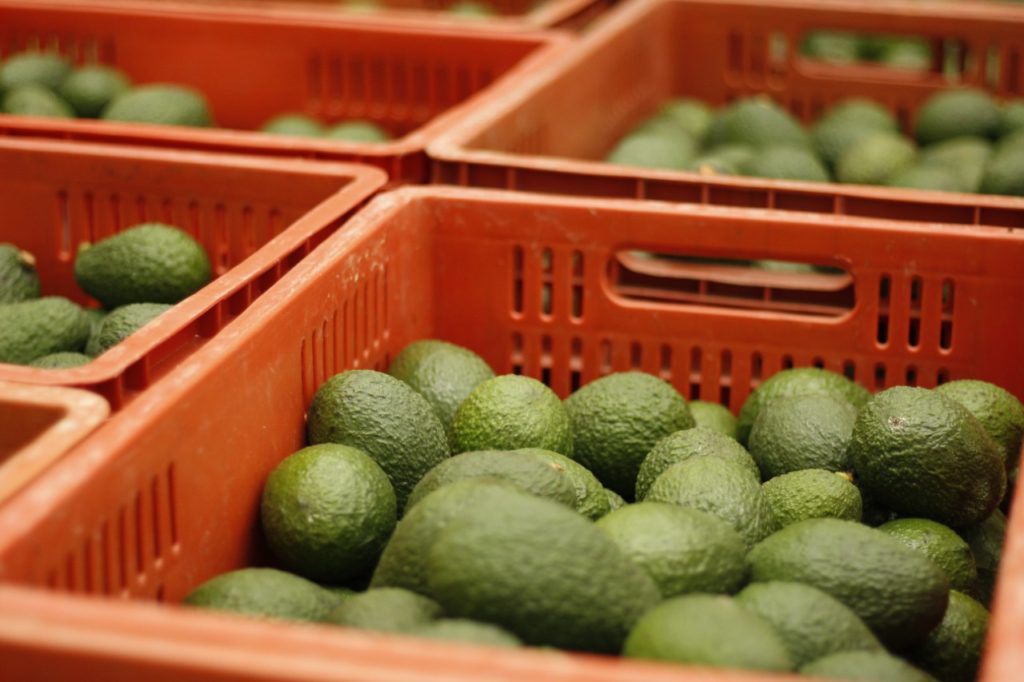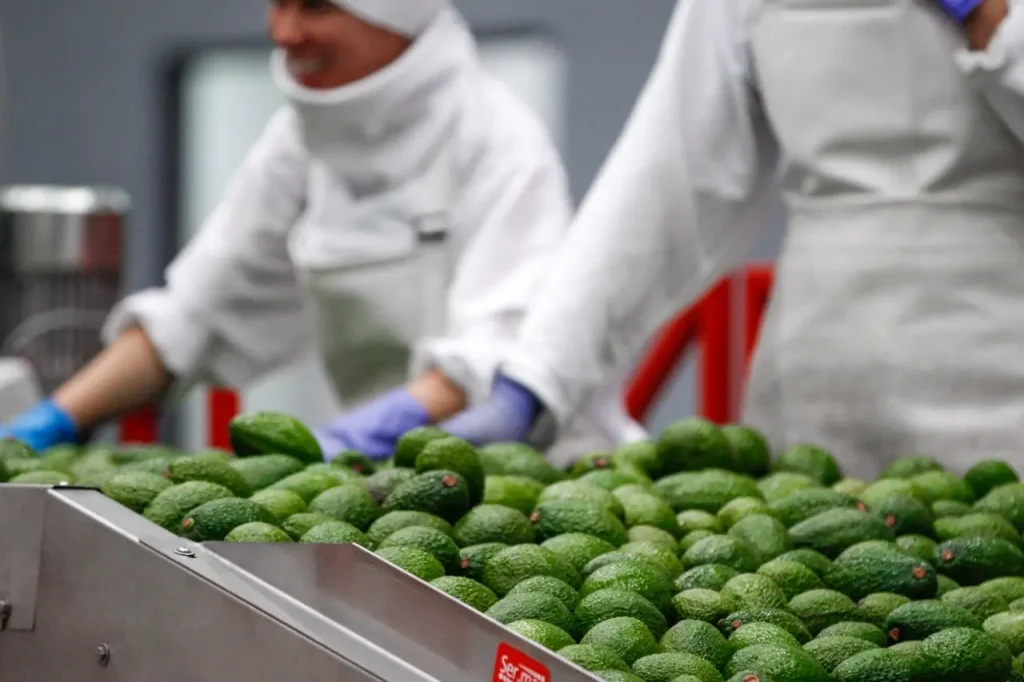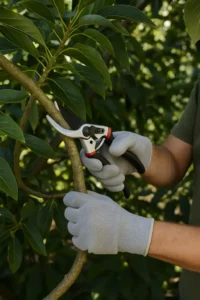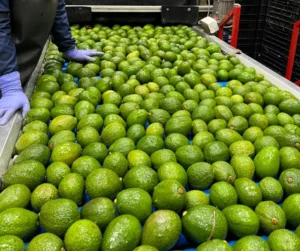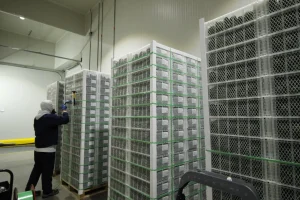Hass avocado cultivation in Colombia is increasingly profitable and in demand, but its success depends on good agricultural practices. Fertilization is key, although it will not be effective without proper water management. Therefore, understanding the role of irrigation in Hass avocados is essential to optimize nutrient absorption and strengthen tree development.
In this Fruty Green guide, we explain step by step how to optimize both irrigation and fertilization to achieve healthy trees, balanced soils, and high-yield crops.
The Importance of Irrigation in Hass Avocado
Before applying fertilizers, adequate water availability in the soil must be ensured. Irrigation in Hass avocado trees not only maintains hydration, but also activates biological processes that allow for efficient nutrient absorption.
A well-watered tree has a greater capacity to transport minerals from the roots to the leaves, flowers, and fruit. Furthermore, proper irrigation:
- Avoid water stress, which can cause flower and fruit drop.
- Improves the dissolution of fertilizers applied to the soil.
- Promotes an active microbiota that contributes to the decomposition of organic matter.
Poor irrigation management (whether excessive or insufficient) can completely ruin a fertilization strategy, so both must be planned together.
Factors to consider before fertilizing
1. Soil analysis
A soil analysis is the first mandatory step before establishing a fertilization plan. This study will allow you to determine:
- Soil acidity or pH level (ideally between 6.0 and 7.0).
- Available nutrient content.
- Presence of toxic elements or specific deficiencies.
This information will be the basis for determining what type of fertilizer to apply, how often, and at what dose. It will also allow you to evaluate whether irrigation in Hass avocado is favoring or harming the nutrient dynamics in the soil profile.
2. Climate and season
In producing regions such as Antioquia, Quindío, or Tolima, the climate determines the fertilization schedule. During periods of peak vegetative growth (spring and summer), avocados require more nitrogen and water. During flowering or fruiting periods, potassium and calcium become priorities.
Therefore, it is important to adjust the fertilization plan according to rainfall, evapotranspiration, and water needs identified based on irrigation management in Hass avocados.
Types of Fertilizers and How to Apply Them
Organic fertilizers
Organic fertilizers such as compost, worm castings, or well-rotted manure not only provide nutrients but also improve soil structure and moisture retention. This directly benefits Hass avocado irrigation, as it reduces the frequency of irrigation needed by increasing the soil's water-retention capacity.
It is recommended to apply them at the beginning of the rainy season or during the crop establishment stage.
Synthetic fertilizers
Chemical fertilizers allow for more precise dosing. It's common to use balanced NPK blends tailored to each stage of tree development:
- Vegetative stage: higher proportion of nitrogen.
- Flowering and fruit set: emphasis on phosphorus and potassium.
- Fruit fattening: high presence of potassium and calcium.
It is essential to accompany its application with efficient irrigation, especially if soluble fertilizers are used, to prevent the accumulation of salts that affect the root system.
Foliar application
Foliar application involves administering micronutrients directly to the leaves. It is useful for quickly correcting zinc, iron, or boron deficiencies.
These applications are recommended during the early hours of the day and with sufficient humidity, which again highlights the need for good irrigation management in Hass avocados to ensure the tree is not stressed.
Staged Fertilization Plan
Stage 1: Planting and establishment (0–2 years)
During this phase, the priority is to develop a robust root system adapted to the soil. The following are suggested:
- Balanced NPK fertilizer (10-30-10 or similar).
- Application of organic matter.
- Frequent but controlled watering, avoiding flooding.
A good irrigation program for young Hass avocados improves nutrient absorption and accelerates early development.
Stage 2: Vegetative growth (2–4 years)
At this stage, branches, leaves, and the tree's structure form. More nitrogen is required:
- Application of NPK 20-10-10 every three months.
- Micronutrients according to detected deficiencies.
- Drip irrigation ideal for controlling frequency and volume.
Stage 3: Flowering and production (5 years and older)
This is where nutrition directly affects the quality of the fruit:
- Increase potassium and calcium (formulations such as 15-5-30).
- Maintain nitrogen to sustain the load.
- Supplement with boron to improve setting.
- Adjust irrigation in Hass avocado to avoid water stress, especially during flowering and fruit development.
Good Integrated Management Practices
Continuous monitoring and analysis
Use sensors or periodic analyses to measure pH, electrical conductivity (EC), and soil moisture. This helps you make more accurate decisions regarding both fertilization and irrigation for Hass avocados.
Phytosanitary control
Pests and diseases affect tree physiology and its ability to absorb nutrients. The use of bio-inputs or selective products can control threats such as:
- Anthracnose
- Root rot
- Mites and mealybugs
A healthy tree responds better to any nutritional or irrigation program.
Proper planting and pruning
Correct planting density and annual pruning to open the canopy promote:
- Better ventilation and light entry.
- Greater efficiency in the distribution of irrigation and fertilizers.
- Reduction of diseases.
These practices allow irrigation in Hass avocado to be more uniform and effective.
Technology and Automation in Cultivation
Drip irrigation and fertigation
The drip irrigation system for Hass avocados allows water and fertilizers to be applied directly to the root zone. This technique, known as fertigation, improves the efficiency of both resources, reduces waste, and maintains consistent nutrition.
Sensors and weather stations
Installing humidity sensors, weather stations, or tensiometers allows irrigation to be automated based on real data. This prevents human error and ensures that each tree receives exactly what it needs.
Fertilization and Irrigation in Hass Avocado, a Key Combination
Effective fertilization cannot exist without proper irrigation management. Understanding how water, nutrients, and soil interact is essential for achieving a healthy, productive, and sustainable Hass avocado crop.
At Fruty Green, we are committed to excellence at every stage of the process, from planting to harvest. Properly applying these practices will be the foundation for obtaining high-quality fruit and ensuring the profitability of your crop.

